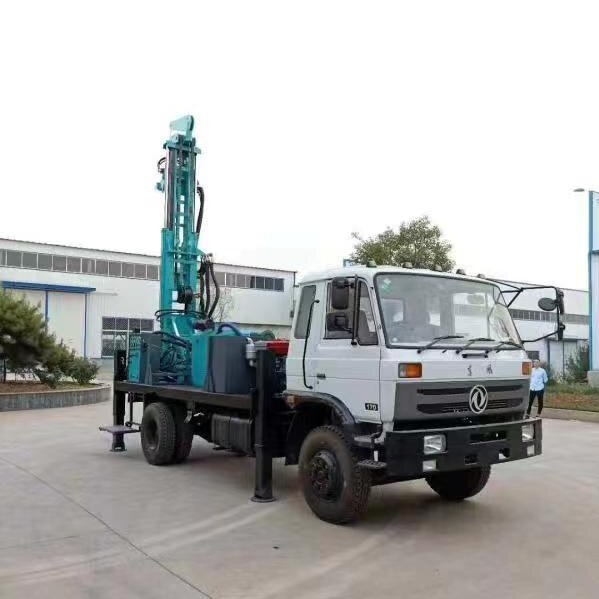Pearldrill down hole drilling rig is an efficient drilling equipment, especially suitable for hard rock formations. To realize efficient and safe drilling, there are some skills and precautions to be mastered.
1. Drilling tools selection and matchingSelection of drill bit: Choose the appropriate drill bit according to the hardness and rock properties of the formation. Choose carbide drill bit for hard rock formation, and choose ball tooth drill bit for soft rock formation.
Selection of impactor: The model and specification of impactor should be matched with drill bit and wind source to ensure sufficient impact energy.
Drill pipe selection: The material, length and joints of drill pipe should be selected according to the drilling depth and formation conditions to ensure sufficient strength and stiffness.
2. Optimization of drilling parameters
Wind pressure: If the wind pressure is too low, the impact force will be insufficient; if the wind pressure is too high, the impactor will be easily damaged. The wind pressure should be selected according to the hardness of the formation and the type of drill bit.
Air volume: too little air volume will affect cooling and slag discharge; too much air volume will waste energy. The air volume should be selected according to the diameter of the drill bit and the drilling depth.
Rotation speed: too high, easy to wear the drill bit; too low, slow drilling speed. The speed should be chosen according to the hardness of the stratum and the type of drill bit.
Impact frequency: too high impact frequency, easy to damage the impactor; impact frequency is too low, low drilling efficiency. The impact frequency should be selected according to the hardness of the stratum and the type of drill bit.
3. Common problems and solutions
Stuck drill: It may be due to the wear of drill bit, bending of drill pipe, collapsing of formation and so on. Try reversing the drilling tools, increasing the wind pressure, replacing the drill bit, etc.
Failure of the impactor: It may be due to the damage of the internal parts of the impactor or the blockage of the wind way. Repair or replace the damaged parts in time.
Drill pipe breakage: It may be due to fatigue of drill pipe, overloading, etc. Replace the damaged drill pipe in time. The damaged drill pipe should be replaced in time.
SummarizeEffective drilling of Pearldrill drilling rigs requires comprehensive consideration of stratigraphic conditions, drilling tool selection, drilling parameters, operating techniques and other factors. Through reasonable parameter settings, careful operation and timely maintenance, drilling efficiency can be improved and costs reduced.
If you don't know how to choose the right water well drilling rig, click the link below to contact our professional team directly.
Contact us (gzpearldrill.com)

Comments
Post a Comment